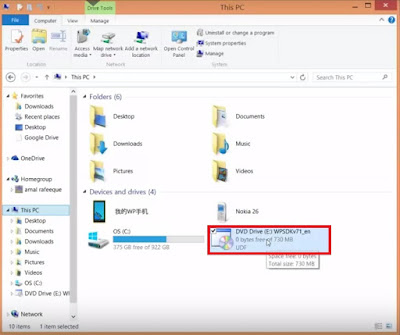How to increase RAM on your Android device without SD card partitioning
Here is a simple tutorial to increase RAM memory up to 4GB using a swap file on your SD card (so no need to partition with risk of degrade SD card life)
What is RAM?
(RAM) Random Access Memory is temporary data storage that the CPU uses during calculations. The more RAM a device has, the more calculated results the CPU can store, which means less time the CPU has to do the same thing over and over again. In other words, the CPU can check RAM to see if it has already made a particular calculation in the recent past. If it has, it can use the pre-computed results instead of wasting processing time recomputing the same calculation.What is RAM?
Increase the RAM memory virtually using your SD CARD without partitioning or farmating is possible using a paid application that i highly recommend you to pay for it because it's really very useful and to support developper for his huge work.
It is accompanied by a first FREE app to test memory and compatibility before you buy (recommended)
Requirements:
- Android 1.6 or higher
- Rooted mobile
- A micro SD card class 10 minimum (more performance better results)
NOTE: You can use a lower class, but you can not add a lot of ram if you want optimal operation.
1st Step (optional but highly recommended):
Allows to analyze the ability of SWAP + Device compatibility:
- Download & install MemoryInfo & Swapfile Check from Google Play
- Click on "ROEHSOFT RAMEXPANDER TEST"
- Select your External SD CARD (second position generally)
- At the end of the test (sometimes you have to press "Cancel Test",but wait until 5 minutes), the application indicates that the test was successful and how much RAM you can have (the maximum possible, and not the optimum value).
- You can access the SWAP app on Play Store directly from this window by pressing ''Get it on Market now'':
2nd Step
- Download & install ROEHSOFT RamExpander (SWAP) from Google Play (paid). If you'll not use Google Play to get it be careful on what you'll download.- Now navigate to the application menu to manage the settings of your SWAP file
- I highly recommend you to press OPTIMAL VALUES. Indeed, for those who have made the first step, the SWAP application will use the information gathered by the TEST application to optimize your SWAP file (Depending on your SD card, and the capabilities of your phone)
- Now parameterize your personal settings (Autorun and Notify Icon for example).
NOTE: Although Autorun is checked, in any case, after a reboot you need to open the application and activate the swap.
- Once you are ready, proceed to the moment of truth: Check "SWAP ACTIVE" on the top left.
- Select your External SD CARD
- Now be patient... The first time the application creates the SWAP file (swap.swp)
IMPORTANT: Even if it is possible, do not leave or change application during the process, it will simply result functional SWAP but unfinished, so smaller.
- After the creation is complete, the application informs you the size of the swap created and the write speed of the SD card (13 being the recommended minimum speed)
- Enjoy faster Android device! :
Post-Use:
- After activation, the phone may be slow for a few 5 seconds
- If updating the OS or application, it is possible that the swap does not work (you'll need to re-create it while it already exists with the same name). In this case, use a file manager (like ES Explorer) and delete the swap file (which has the same name, at the root of the SD card)
I repeat: after a reboot, must often activate the swap by clicking Swap Active.
- The total RAM does not appear in the multitasking menu MIUI, but it is available!
Here we're! I hope you enjoyed the post! Share it with your friends and don't miss to let your comment for any questions or feed-back :)










Comments
Post a Comment